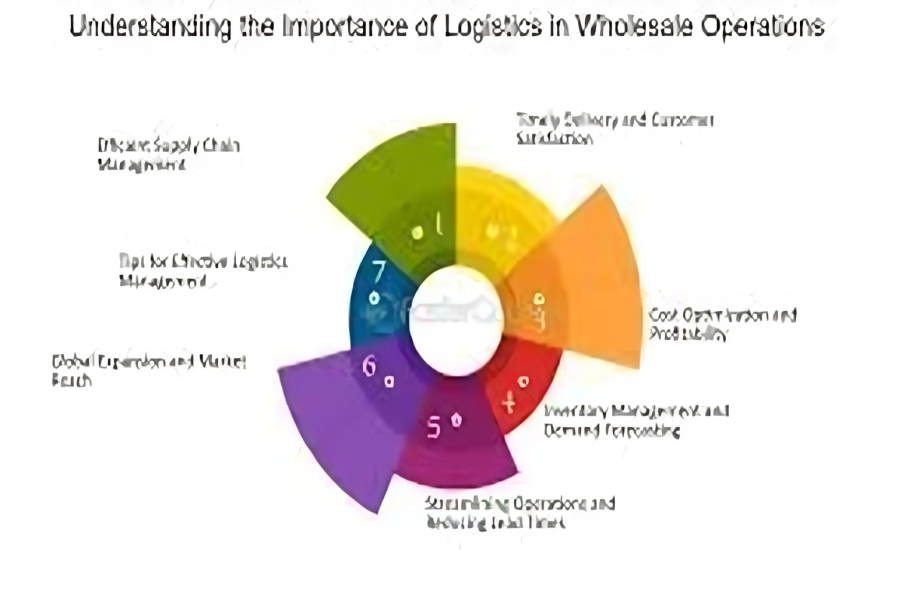Introduction
Wholesale transactions are fundamental to commerce, facilitating the effective distribution of goods from manufacturers to retailers. In this article, we delve into the intricacies of wholesale operations, exploring its definition, types, processes, pricing strategies, and the pros and cons associated with selling wholesale.
What is Wholesale?
Wholesale entails the sale of goods in large quantities to be retailed by others. Unlike retail, which involves direct sales to consumers, wholesale transactions occur between businesses. Wholesalers act as intermediaries, procuring products from manufacturers and selling them to retailers, who then sell to end consumers at marked-up prices.
Types of Wholesalers
- Merchant Wholesalers: These wholesalers do not produce goods but purchase products in bulk from manufacturers and resell them to retailers. They often specialize in specific industries, offering expertise and a diverse range of items.
- Manufacturers: Some manufacturers serve as wholesalers by selling their products directly to retailers or consumers, leveraging their deep understanding of their product line.
- Distributors: Distributors acquire products in large volumes from manufacturers but do not produce them. They provide services to manufacturers and retailers within specific industries.
- Brokers and Agents: These intermediaries facilitate transactions between wholesalers and businesses, earning commissions for their services.
- Dropshipping Wholesalers: These wholesalers handle inventory and shipping logistics on behalf of retailers, eliminating the need for retailers to maintain large inventories.
The Wholesale Process
Wholesalers purchase goods from manufacturers in bulk at discounted rates and sell them to retailers at marked-up prices. Retailers then apply their own markup before selling to end consumers. This process benefits all parties involved, allowing manufacturers to swiftly sell large quantities of goods, providing wholesalers with a profit margin through sales to retailers, and enabling retailers to diversify their product offerings without direct engagement with manufacturers.
Wholesale vs. Retail Price
Wholesale prices typically exhibit a lower range in comparison to retail prices, as wholesalers leverage economies of scale when purchasing goods in bulk. Retail prices, set by retailers, include additional costs such as rent, staff salaries, and utilities, along with profit margins.
How Do Retailers Price Wholesale Products?
Retailers use various pricing strategies to determine the price of a product. Keystone pricing, where retail prices are double the wholesale price, is a common approach. However, pricing decisions are influenced by factors such as wholesale costs, marketing expenses, industry standards, and supply chain considerations.
Pros and Cons of Selling Wholesale
Selling Wholesale – Pros:
- Increased brand visibility
- Scalability
- Stable client relationships
- Bulk sales
- Market expansion opportunities
Selling Wholesale – Cons:
- Thin profit margins
- Intense competition
- Inventory management challenges
- Dependence on retailers
- Flexible payment terms
Conclusion
The effective distribution of goods from manufacturers to retailers is significantly influenced by wholesale operations. Businesses that grasp the intricacies of wholesale transactions and formulate successful strategies can adeptly navigate the challenges of the wholesale market. This not only enhances their chances of reaching broader markets but also enables them to achieve economies of scale, ultimately contributing to a more robust and free budget.

